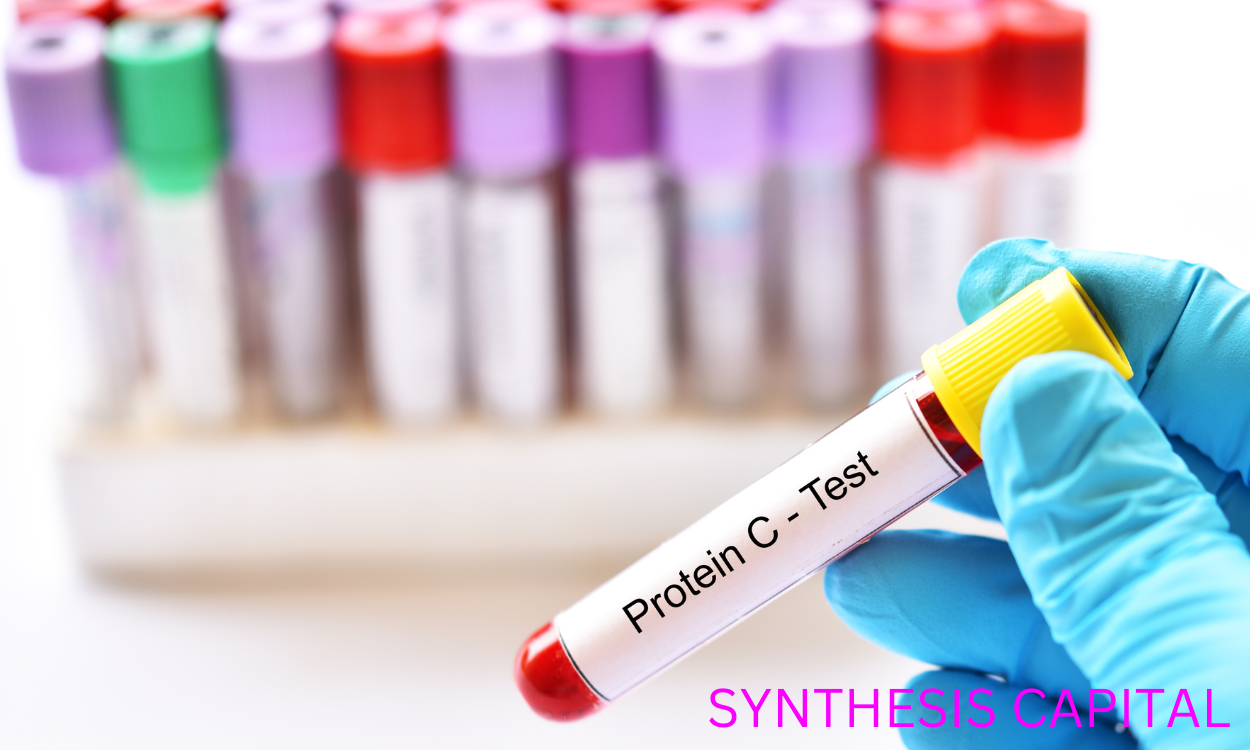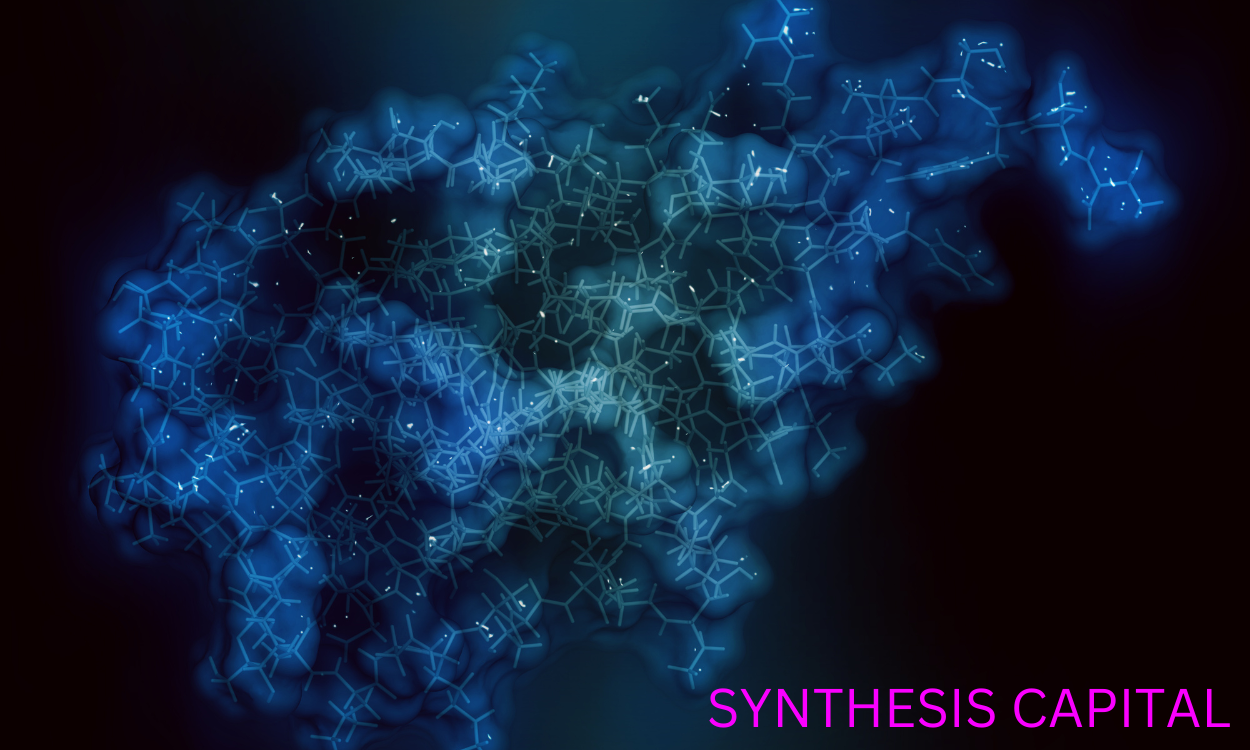Protein expression systems play a crucial role in biotechnology and molecular biology, allowing researchers to produce large quantities of specific proteins for various applications. These systems involve the use of living cells or cell-free extracts to synthesize proteins encoded by recombinant DNA. By harnessing the cellular machinery of organisms such as bacteria, yeast, insect cells, or mammalian cells, scientists can efficiently produce proteins with high levels of purity and functionality. Protein expression systems have revolutionized the field of biochemistry, enabling the study of protein structure and function, as well as the development of therapeutic proteins and vaccines. This introductory paragraph will explore the different types of protein expression systems and their advantages and limitations in protein production.
Key Components of a Protein Expression System
A protein expression system typically consists of a vector containing the gene encoding the protein of interest, regulatory sequences such as promoters and terminators to control gene expression, a host organism such as bacteria, yeast, or mammalian cells for protein production, and selection markers for identifying cells that have taken up and are expressing the gene. Additionally, the system may include inducible promoters to regulate protein expression levels, fusion tags for protein purification and detection, and signal sequences for directing proteins to specific cellular compartments. Overall, a protein expression system requires a coordinated interplay of these components to successfully produce the desired protein in high yields.

How do different types of cells affect protein expression levels?
Different types of cells can affect protein expression levels through various mechanisms. For example, different cell types may have distinct regulatory pathways that control gene transcription and translation, leading to differences in the amount of a specific protein produced. Additionally, variations in the abundance or activity of transcription factors, RNA-binding proteins, or epigenetic modifications can also impact protein expression levels between cell types. Furthermore, differences in cellular metabolism, signaling pathways, and protein degradation machinery can further influence the overall protein expression profile in different cell types. Overall, the unique characteristics and functions of each cell type contribute to the variability in protein expression levels observed across different cell types.
Factors influencing protein expression efficiency in a system
The efficiency of protein expression in a system can be influenced by various factors such as the choice of expression vector, the promoter strength, the codon usage, post-translational modifications, the host organism used for expression, the cultivation conditions, and the inclusion of fusion tags or signal sequences. Additionally, factors like the presence of rare codons, the stability of mRNA, the level of protein folding and aggregation, and the presence of proteases can also impact the overall efficiency of protein expression in a given system. By carefully considering and optimizing these factors, researchers can enhance the yield and quality of expressed proteins for various applications in biotechnology, pharmaceuticals, and research.
Are there any limitations to using certain protein expression systems for specific proteins?
Yes, there are limitations to using certain protein expression systems for specific proteins. Different proteins have unique structures, post-translational modifications, and folding requirements that may not be compatible with all expression systems. For example, some proteins may require specific chaperones or cofactors that are not present in certain expression systems, leading to improper folding or low yields. Additionally, the toxicity of certain proteins or the formation of inclusion bodies can also pose challenges in specific expression systems. Therefore, it is important to carefully consider the characteristics of the target protein when selecting an appropriate expression system to ensure successful production.
How can protein expression systems be optimized for maximum yield?
Protein expression systems can be optimized for maximum yield by carefully selecting the appropriate host organism and expression vector, optimizing growth conditions such as temperature, pH, and media composition, utilizing strong promoters and efficient translation initiation sequences, and incorporating strategies such as codon optimization, gene fusion, and signal peptide addition. Additionally, post-translational modifications and protein purification processes should be considered to ensure proper folding and stability of the expressed protein. Regular monitoring and adjustment of these factors can help to maximize protein expression levels and ultimately increase overall yield.

Common Challenges Faced When Working with Protein Expression Systems
Some common challenges faced when working with protein expression systems include achieving high levels of protein expression, ensuring proper folding and post-translational modifications, dealing with protein aggregation or degradation, optimizing culture conditions for maximum protein production, and selecting the appropriate expression system (e.g. bacterial, yeast, mammalian) based on the characteristics of the target protein. Additionally, variability in protein expression levels between different clones or batches, difficulties in purifying and characterizing the expressed protein, and the time and resources required for optimization can also pose challenges in protein expression studies.
How do researchers choose the most suitable protein expression system for their studies?
Researchers choose the most suitable protein expression system for their studies by considering factors such as the type of protein being expressed, the desired yield and purity of the protein, the post-translational modifications required, the time and cost constraints of the project, and the specific characteristics of the chosen expression system (e.g. bacterial, yeast, insect, mammalian). They may also take into account the ease of use and scalability of the system, as well as any previous experience or expertise they have with a particular system. By carefully evaluating these factors, researchers can select the protein expression system that best aligns with the goals and requirements of their study.
What advancements have been made in protein expression systems in recent years?
Recent advancements in protein expression systems have focused on increasing efficiency, yield, and versatility. This includes the development of novel host organisms such as insect cells and yeast, which offer improved scalability and post-translational modification capabilities. Additionally, the use of synthetic biology tools has enabled the design of custom expression systems tailored to specific protein characteristics and production requirements. Advances in purification techniques, such as affinity chromatography and membrane filtration, have also contributed to higher purity and activity of recombinant proteins. Overall, these developments have significantly enhanced the productivity and quality of protein expression systems, making them essential tools in biopharmaceutical research and industrial applications.